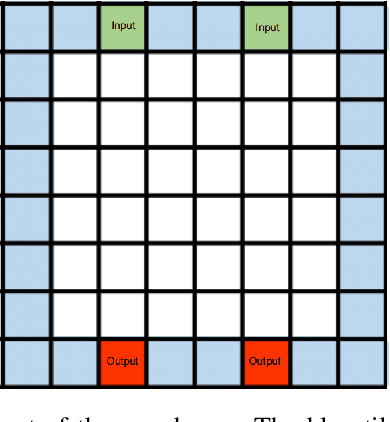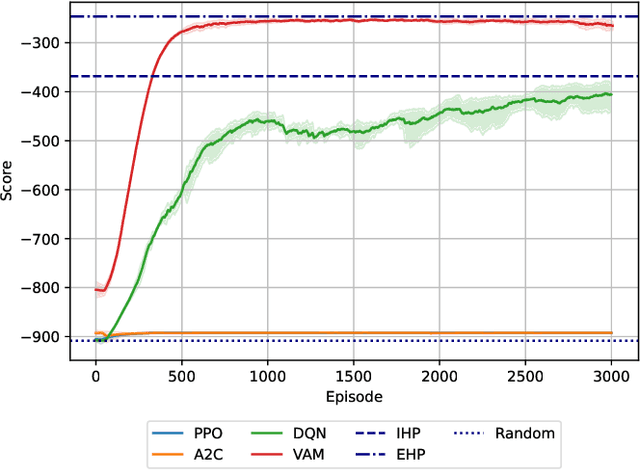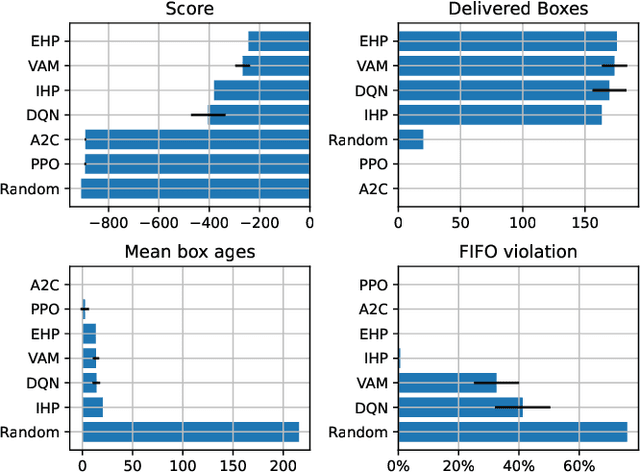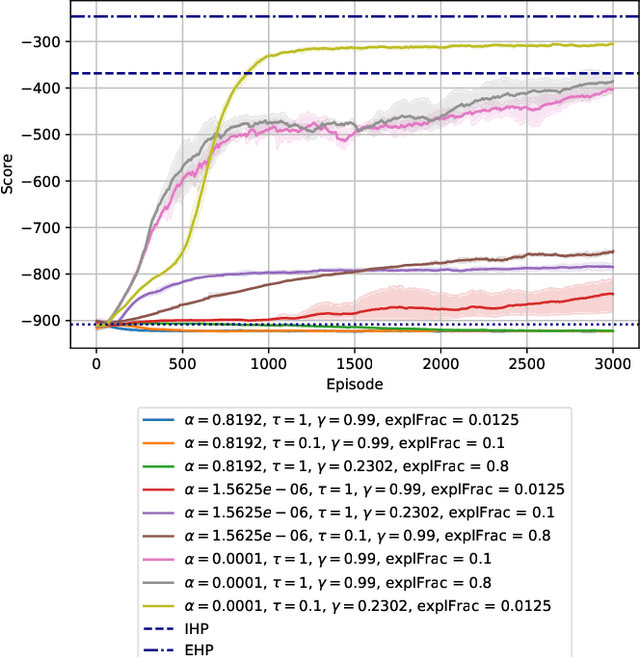Julen Cestero
Limitations of Physics-Informed Neural Networks: a Study on Smart Grid Surrogation
Aug 29, 2025Abstract:Physics-Informed Neural Networks (PINNs) present a transformative approach for smart grid modeling by integrating physical laws directly into learning frameworks, addressing critical challenges of data scarcity and physical consistency in conventional data-driven methods. This paper evaluates PINNs' capabilities as surrogate models for smart grid dynamics, comparing their performance against XGBoost, Random Forest, and Linear Regression across three key experiments: interpolation, cross-validation, and episodic trajectory prediction. By training PINNs exclusively through physics-based loss functions (enforcing power balance, operational constraints, and grid stability) we demonstrate their superior generalization, outperforming data-driven models in error reduction. Notably, PINNs maintain comparatively lower MAE in dynamic grid operations, reliably capturing state transitions in both random and expert-driven control scenarios, while traditional models exhibit erratic performance. Despite slight degradation in extreme operational regimes, PINNs consistently enforce physical feasibility, proving vital for safety-critical applications. Our results contribute to establishing PINNs as a paradigm-shifting tool for smart grid surrogation, bridging data-driven flexibility with first-principles rigor. This work advances real-time grid control and scalable digital twins, emphasizing the necessity of physics-aware architectures in mission-critical energy systems.
Storehouse: a Reinforcement Learning Environment for Optimizing Warehouse Management
Jul 08, 2022



Abstract:Warehouse Management Systems have been evolving and improving thanks to new Data Intelligence techniques. However, many current optimizations have been applied to specific cases or are in great need of manual interaction. Here is where Reinforcement Learning techniques come into play, providing automatization and adaptability to current optimization policies. In this paper, we present Storehouse, a customizable environment that generalizes the definition of warehouse simulations for Reinforcement Learning. We also validate this environment against state-of-the-art reinforcement learning algorithms and compare these results to human and random policies.
 Add to Chrome
Add to Chrome Add to Firefox
Add to Firefox Add to Edge
Add to Edge